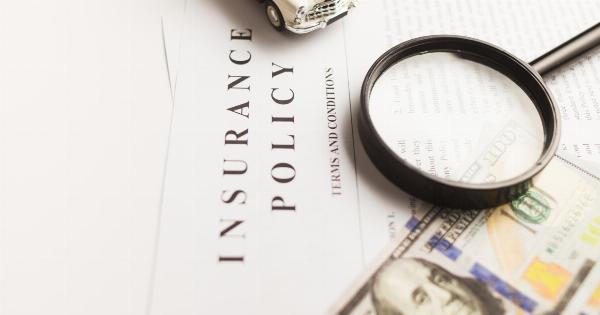Fire insurance is a crucial component of any comprehensive insurance policy. It protects your property and assets from the devastating effects of fire and the associated damage, providing financial assistance to help you recover and rebuild.
In this article, we will explore the key aspects of fire insurance, the coverage it offers, how it works, and the factors to consider when purchasing a policy.
Understanding Fire Insurance Coverage
Fire insurance is designed to cover your property against damage or destruction caused by fire. It typically includes coverage for the building structure, as well as the contents and belongings within it.
The coverage may extend to other structures on the property, such as garages or sheds. Fire insurance policies also often offer coverage for additional perils, depending on the specific policy and insurer.
It is important to note that fire insurance policies vary in terms of the types of perils covered and the coverage limits.
Some policies may only cover fire-related damage, while others provide broader coverage for perils like lightning, explosions, smoke damage, and even water damage resulting from extinguishing the fire. Reading the policy documentation thoroughly and understanding the extent of coverage is crucial.
How Does Fire Insurance Work?
In the event of a fire, the policyholder needs to contact their insurance company to report the incident and file a claim. The insurance company will typically send an adjuster to assess the damage and estimate the cost of repairs or replacement.
It is essential to document the damage thoroughly by taking photographs and providing any necessary evidence to support the claim.
Once the claim is approved, the insurance company will provide financial compensation based on the coverage limits and the assessments made by the adjuster.
The funds can be used to repair or rebuild the damaged property, replace belongings, or cover any other expenses related to the fire incident as specified in the policy.
Fire insurance policies usually require the insured to pay a deductible before the coverage comes into effect. The deductible is the amount the policyholder needs to cover out of pocket before the insurance company pays the remaining portion.
Higher deductible amounts often result in lower premiums, but it is crucial to choose a deductible that you can comfortably afford in case of a fire.
Factors to Consider When Purchasing Fire Insurance
When purchasing fire insurance, there are several factors to consider to ensure you have adequate coverage. Here are some key factors to keep in mind:.
1. Coverage Limits
Ensure that the policy’s coverage limits are sufficient to cover the cost of rebuilding your property and replacing your belongings in the event of a total loss. Underinsuring your property can result in substantial out-of-pocket expenses.
2. Additional Perils
Consider whether you require coverage for additional perils such as lightning, explosions, smoke damage, or water damage resulting from extinguishing a fire. Review the policy terms carefully to assess the extent of coverage provided.
3. Replacement Cost vs. Actual Cash Value
Understanding the difference between replacement cost and actual cash value is crucial.
Replacement cost coverage reimburses you for the cost of replacing the damaged property with a similar new item, while actual cash value coverage takes depreciation into account.
4. Deductible Amount
Consider your financial situation and choose a deductible amount that you can comfortably afford in the event of a fire. Remember that a higher deductible often results in lower premiums.
5. Valuation of Property
Ensure that the insurance policy adequately reflects the value of your property and its contents. Keeping an updated inventory and providing accurate information to the insurance company is crucial to avoid any disputes during the claims process.
Conclusion
Fire insurance is an essential component of your overall insurance coverage. It provides financial protection against the devastating effects of fire and the resulting damage.
Understanding the coverage, how the policy works, and considering the key factors when purchasing fire insurance will help you make informed decisions and ensure that you have the necessary protection in case of a fire.






























